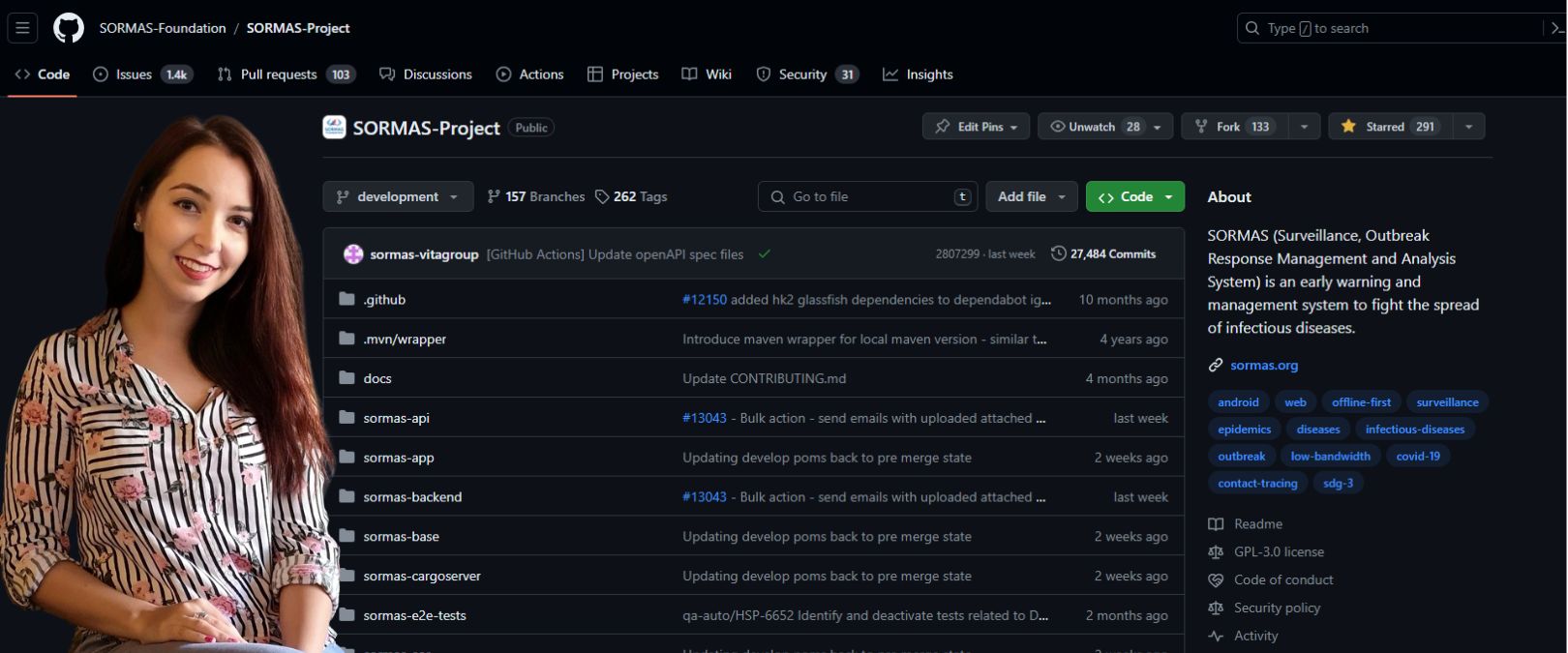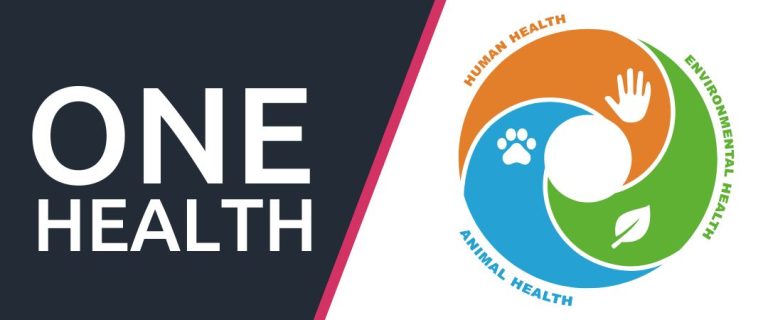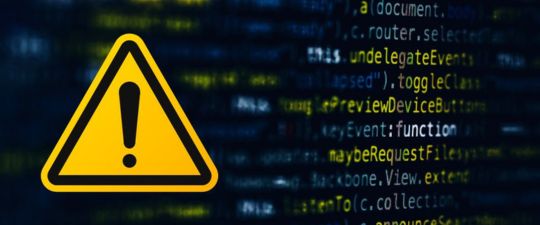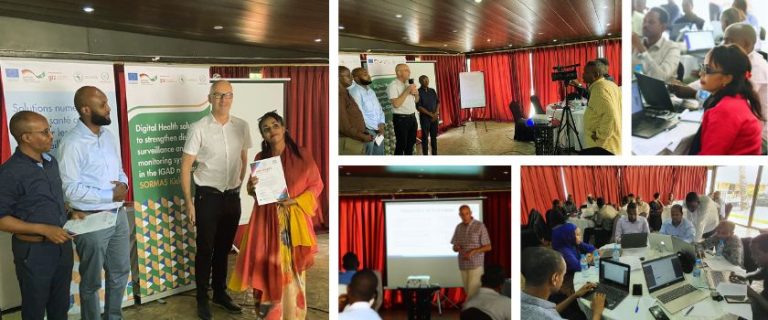The SORMAS Community Spotlight this month is focused on Carina Vamanu – SORMAS Senior Full-stack Developer from Romania. Read along as Carina shares advice and insights gained from working on SORMAS since February 2022.
1. Could you briefly introduce yourself, your company, and the role you have within your company?
Hello all ![]() !
!
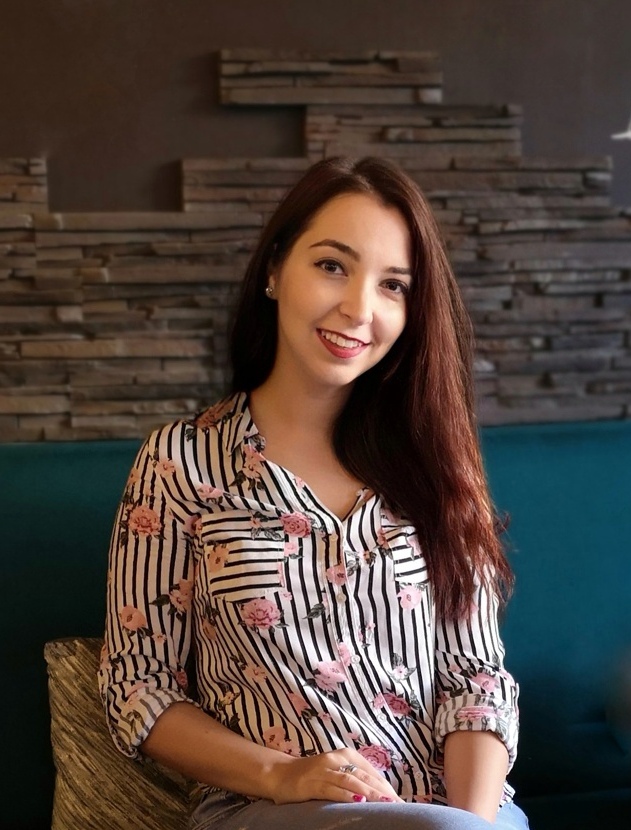
My name is Carina Vamanu and I’m working as a Software Engineer for 9 years.
I’ve graduated from Technical University of Cluj-Napoca with a bachelor degree in Electronics, Telecommunications and Information Technology and a master degree in Automation and Computer Science.
Besides development, on two past projects I was a product and a project lead. I was responsible for gathering the requirements, writing the stories, estimating, planning the releases, testing, delivering and keeping the contact with the stakeholders.
I’m working at SHE Information Technology for more than 3 years. Currently I’m working on SORMAS as a Sr. Full-Stack Developer and I’m also the Java Community Lead inside the company.
At the last 2 internships organized by SHE, I was an internship mentor and lead.
2. What initially drew you to a career in software development?
I’ve always been interested in the technical aspects, how and why different things work the way they do. That’s why when I was a kid, I’ve disassembled the broken electronical devices and tried to fix them. Sometimes I’ve succeeded. ![]() Later I’ve graduated a mathematics-informatics high school and developed a passion for website development.
Later I’ve graduated a mathematics-informatics high school and developed a passion for website development.
3. What programming languages and technologies do you use when developing SORMAS features?
On the backend side, Java EE is used. The UI (front-end) is also written in Java with the help of a UI Framework, called Vaadin. As application server we use Payara and Postgres as a database.
When the features/bug fixes need to be implemented on the mobile environment, the changes will be developed and tested on Android too.
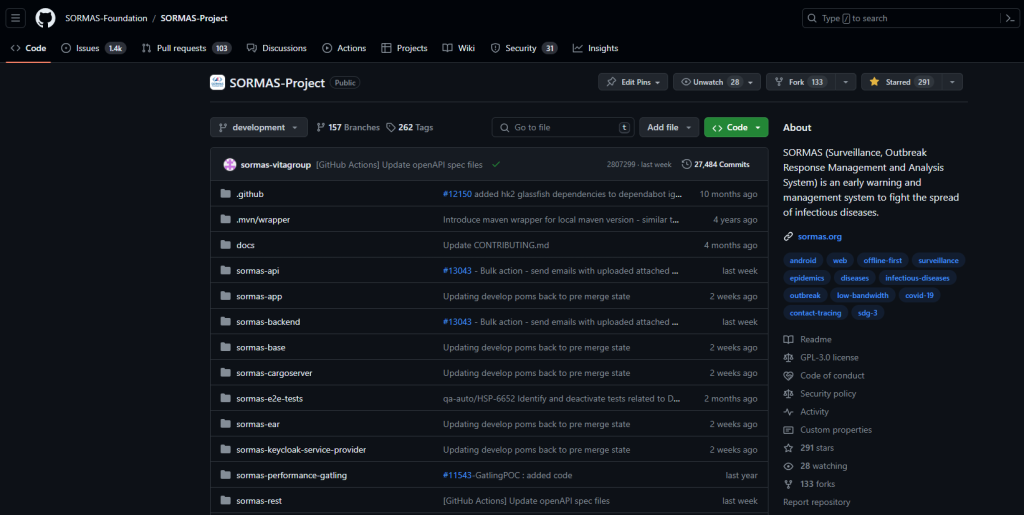
4. How do you collaborate with other team members, internal and external, during the development process?
During dailies and plannings we clarify within the team the points which need clarifications from a ticket.
If after these clarifications there are still open questions or some risks are involved with the introduction of the required changes, I usually add some comments with explanations and screenshots with different scenarios under the ticket in order to be sure that the client has all the information related to the implications of a change and I also fully understand what the client wants from that feature.
We collaborate through pull requests. After implementing a change or bugfix, a pull request is opened which will be reviewed by one of our DEV colleagues. Review suggestions can be added to the opened pull request and based on those suggestions the author will make the necessary changes. After the merging of the PR, the feature/bug fix will be merged into development and will be tested by our tester colleagues.
Externally, we also collaborate by sharing our thoughts during different meetings like Demo, SORMAS Community Developers meeting, Infrastructure meeting and so on.
5. Can you share any examples of features or improvements you’ve contributed to SORMAS that you’re particularly proud of?
I’ve worked on a lot of pull requests in the last 2 years but if I should pick some tickets from those, I would choose the following issues:
- • #12257 – Handle the exceptions and messages for the bulk processes (Handle the exceptions and messages for the bulk processes [5] · Issue #12257 · SORMAS-Foundation/SORMAS-Project · GitHub) – I’ve created and refined this ticket based on my investigations. The implementation was done for all the entities that have a bulk processing and for all the existing bulk actions.
Pull Request: #12257 – Handle bulk progress bar messages by carina29 · Pull Request #12328 · SORMAS-Foundation/SORMAS-Project · GitHub - • #11509 – Enable the ‘Delete’ button for users that have deletion rights but no edit rights over entities Enable the ‘Delete’ button for users that have deletion rights but no edit rights over entities [5] · Issue #11509 · SORMAS-Foundation/SORMAS-Project · GitHub
Pull Requests:
#11509 users without edit but with delete role should have delete button enabled by carina29 · Pull Request #11545 · SORMAS-Foundation/SORMAS-Project · GitHub
#11509 – Only the deletion of entities from the same jurisdiction should be allowed by carina29 · Pull Request #11708 · SORMAS-Foundation/SORMAS-Project · GitHub - • #11557 – Make child entities deletable for users with the delete but without the accompanying edit right Make child entities deletable for users with the delete but without the accompanying edit right [5] · Issue #11557 · SORMAS-Foundation/SORMAS-Project · GitHub
Pull Requests:
#11557 – edit child should be depending on parent and child edit rights by carina29 · Pull Request #11952 · SORMAS-Foundation/SORMAS-Project · GitHub
#11557 – delete prescription without edit right by carina29 · Pull Request #11816 · SORMAS-Foundation/SORMAS-Project · GitHub
6. Looking ahead, what do you envision for the future of SORMAS, and how do you see your role evolving within that vision?
I believe that the SORMAS development team will grow and probably other countries will also join the project, which would be great.
I would like to be able to contribute to the growth of the project and to have more attributions in the future not only on the technical side but on the organizational, managing side too having more contact with the stakeholders since I’ve already done this in the past for other projects and I’ve really liked it. ![]()

7. What advice would you give to other women who are interested in pursuing a career in software development, particularly in fields like public health technology? How can they reach out to you?
I would encourage everyone, both women and men, to work on public health technology projects.
I consider that our work on the technical side of public health can have a high impact and can ease the work of the public health workers by allowing them to concentrate on other health related aspects.
Sometimes it may seem more difficult for women to integrate into the tech world where most workers are men, but with consistent work, perseverance, and the appropriate knowledge, this barrier will disappear.
After all, we all have the same goal regardless of gender: To successfully deliver our work to the client.
If somebody would want to reach me in order to discuss more on any of the above-mentioned topics, they can do by contacting me on LinkedIn or at my e-mail address:
LinkedIn: Carina-Anamaria Vamanu (Paul) – SHE Group | LinkedIn 1
E-mail: carina.vamanu[at]she[dot]net
Thank you for your time to answer these questions, and your continued development support of SORMAS, Carina!

